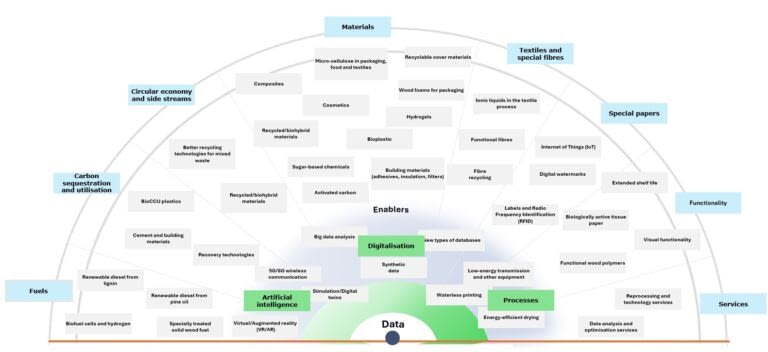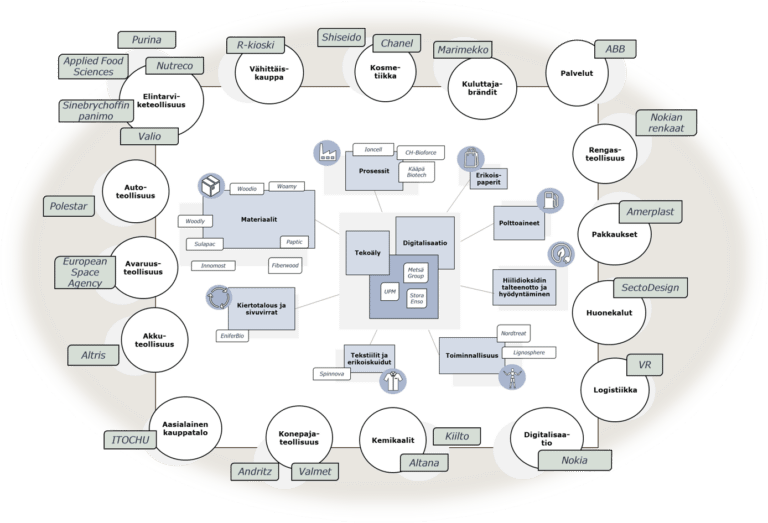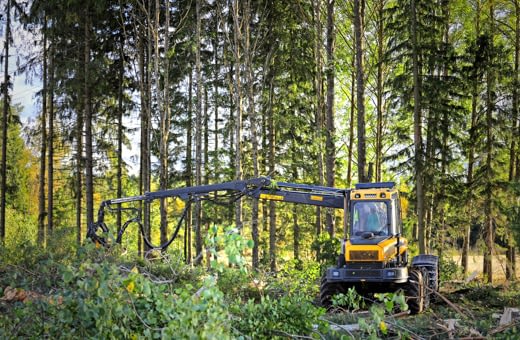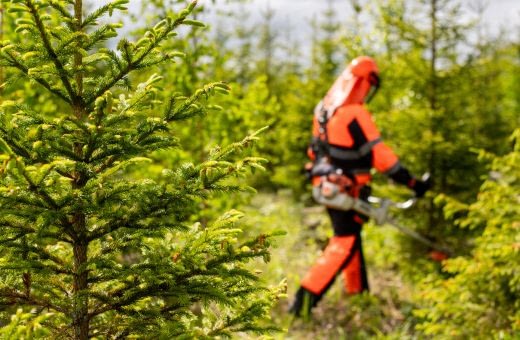Brussels tends to be a place of high winds. In terms of policy, it seems clear that the winds from Berlaymont, the seat of the European Commission, are about to turn.
The incumbent Commission pays more attention than its predecessors to improving the competitive edge of Europe and to the practical measures needed to meet the climate goals, especially as regards the perspective of industry. Likewise, the significant changes in the geopolitical situation have brought to the fore the goal of improving Europe’s self-sufficiency and resilience.
An inherent element of all goals is bioeconomy, carried by a strong headwind in the EU. A year ago, the previous Commission published a communication on boosting biotechnology and biomanufacturing. The communication gave a good description of the challenges and opportunities of the bio sectors.
A concrete measure to boost bioeconomy by the Commission was the launching of a new website in January. The site brings together information and links helpful to bio-sector companies, especially startup ones, in such things as locating EU funding instruments, on patenting and acquiring official approval for new products. The current updating of EU’s bioeconomy strategy and the preparation of a Biotech Act will hopefully strongly support the sector.
The forest sector is an important part of the European bioeconomy. Wood is a European raw material and is processed in Europe with European know-how. Thanks to forest sector innovations, Europe has access to wood-based, renewable, recyclable, and climate-friendly products and solutions, to replace fossil materials and promote circular economy. It is also important to bear in mind the significance of wood for Europe’s strategic autonomy.
In concrete terms, what do wood and forestry have to offer to Europe? Answers to this question were given by a recent study by the AFRY consulting company, which examined forest bioeconomy innovations and ecosystem in Finland.

Forest industry innovation fan. Source: Afry
It is both interesting and slightly surprising that the central element in the figure is not ‘wood’, but ‘data’. The forest industry is, and will continue to be, naturally a processor of wood, but increasingly also a user and processor of data. As an example, the processing facilities of the sector make use of the internet of things and machine learning in process automation, thus reducing energy and water consumption and improving productivity. Data and AI are also utilized at the start of the value chain, in forest management. This can improve forest yield and the early detection of forest damage, for example.
The Materials section of the figure describes several innovations allowing the replacement of fossil-based materials with wood-based ones, including fuels, construction materials, cosmetics or the use of wood foams and micro cellulose in in packagings. The importance of stickers and labels in various packagings may easily be overlooked; in fact, they can improve food safety or prevent pharmaceutical forgeries, for example. This is an area where Finnish actors have plenty to offer to the rest of Europe: Finland is the leading country in Europe and the third one worldwide as regards the number of patents related to stickers and labels, directly after the USA and Japan.

Forest industry ecosystem. Source: Afry
What is a successful forest industry ecosystem made of? The figure representing the Finnish ecosystem contains two things of particular importance. First, it shows an obvious core, consisting of the large companies in the sector. Second, the branches from out of the core lead to numerous smaller companies. The large forest industry companies function as motors for the innovation ecosystem, as it were, by offering smaller companies access to research cooperation, funding, production platforms and access to international markets, for example.
Broadening the view further by following the numerous links of the forest industry to other branches, we can see an extensive network of different types of interlinked connections. Some of the links to other branches are well known, such as to manufacturers of harvesting or production machinery. Some connections may come as a surprise, such as those to retail trade. Takeaway sandwiches in wood-based, transparent and ventilated packagings are an everyday example of a forest industry solution that replaces plastics, as well as of how the forest industry helps other sectors to reach their sustainability goals.
Forest economy and forest industry have a lot to offer to all of Europe. Wood-based, sustainable solutions help many other sectors to reach their sustainability goals, and they improve Europe’s self-sufficiency and resilience. We are happy and willing to share our know-how, new materials and products to benefit Europe.
The text was previously published in the forest.fi online magazine published by the Finnish Forest Association.







